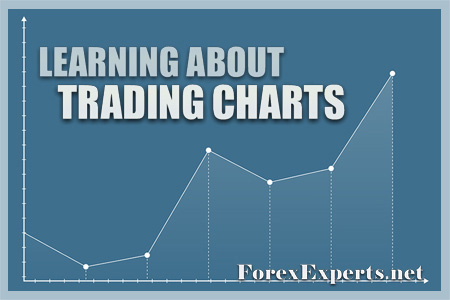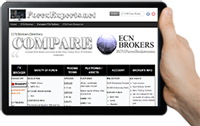 Range Charts
Range Charts
A Range Chart, also known as a Range Bar, is a type of chart that is entirely based on a specified range of pip movement.
📈 What is a Range Chart?
A Range Chart is a type of chart based on price movement, where each bar or candle is created only after the price shifts by a fixed amount (known as the range), regardless of the passage of time. Its purpose is to eliminate small price changes, emphasize market volatility, and offer more distinct indications of trends and breakout patterns by concentrating solely on meaningful price shifts. This charting method is conceptually distinct from the SPC R-Chart, which is utilized in quality control processes.
- Range Charts were developed in the mid-1990s by Vicente M. Nicolellis, a Brazilian trader.
🎯 Range Chart Benefits
✅ Filter Noise: Removes the small, insignificant price fluctuations that often clutter time-based charts during consolidation phases. Bars are formed only by notable price changes.
✅ Highlight Volatility: Clearly displays volatility levels. When bars are tightly clustered, it indicates high volatility (price quickly covers the range). Conversely, widely spaced bars suggest low volatility (price takes longer to reach the range size).
✅ Clearer Trends & Breakouts: Helps smooth out trends and makes breakout points from consolidation zones more visible since each bar corresponds to a significant price movement.
✅ Consistent Bar Size: Every bar reflects an equal amount of price movement, simplifying visual comparison across the chart.
Volume Representation: When volume is shown, it reflects the trading volume accumulated during the creation of each individual range bar.
🛠 Range Chart Features
-
Range charts eliminate the time factor.
-
A range chart bar always closes at a high or a low.
-
Each range chart bar has the same price increment.
-
Range charts can effectively eliminate market noise.
-
They plot more bars during active market hours and fewer bars during quieter periods.
-
Range charts become more active during high-volatility days and less active during low-volatility days.
-
They are ideal for analyzing trending markets.
⚙️ Range Charts and Settings
Forex traders typically set ranges between 5 and 25 ticks.
◙ Shorter-Terms: 5 ticks, 10 ticks, and 12 ticks
◙ Longer-Term: 20 ticks and 25 ticks

📌 Trading with Range Charts
A Range Chart is a type of chart that is entirely based on a specific range of pip movements, rather than on time. This means a bar is plotted only when a pre-defined pip range is reached, regardless of whether that movement occurs within minutes or hours. The price movement is measured from the high to the low, and each bar closes either at the high or the low.
- Forex traders who wish to use a Range Chart can choose from various trading platforms, including MetaTrader 4 (with the addition of a custom indicator), NinjaTrader, eSignal, and several others.
Example on How it Works:
- You select a Range Size (for example, 5 points for the S&P 500).
- The chart generates the first bar displaying the open, high, low, and close based on the initial 5-point price movement.
- A new bar is then formed each time the price moves an additional 5 points from the close of the last bar.
- This process repeats, resulting in a chart where every bar consistently reflects exactly 5 points of price action.
■ Range Charts
ForexExperts.net
| 🔗 READ MORE | |||
| » Identifying Patterns | » Pattern Recognition | » Line-Break Chart | |
| » Heikin-Ashi Chart | » Renko Price Chart | » Range Chart | » Tick Price Charts |






